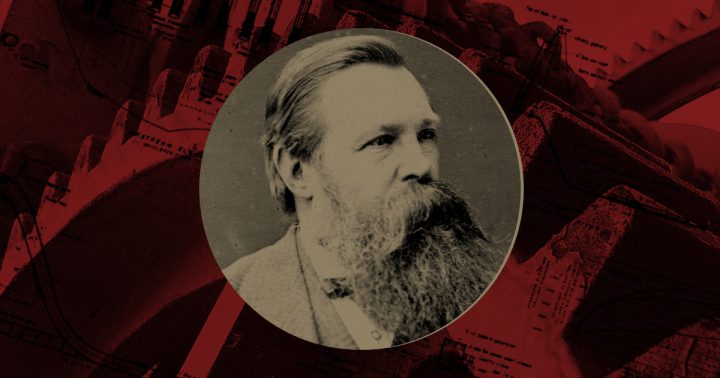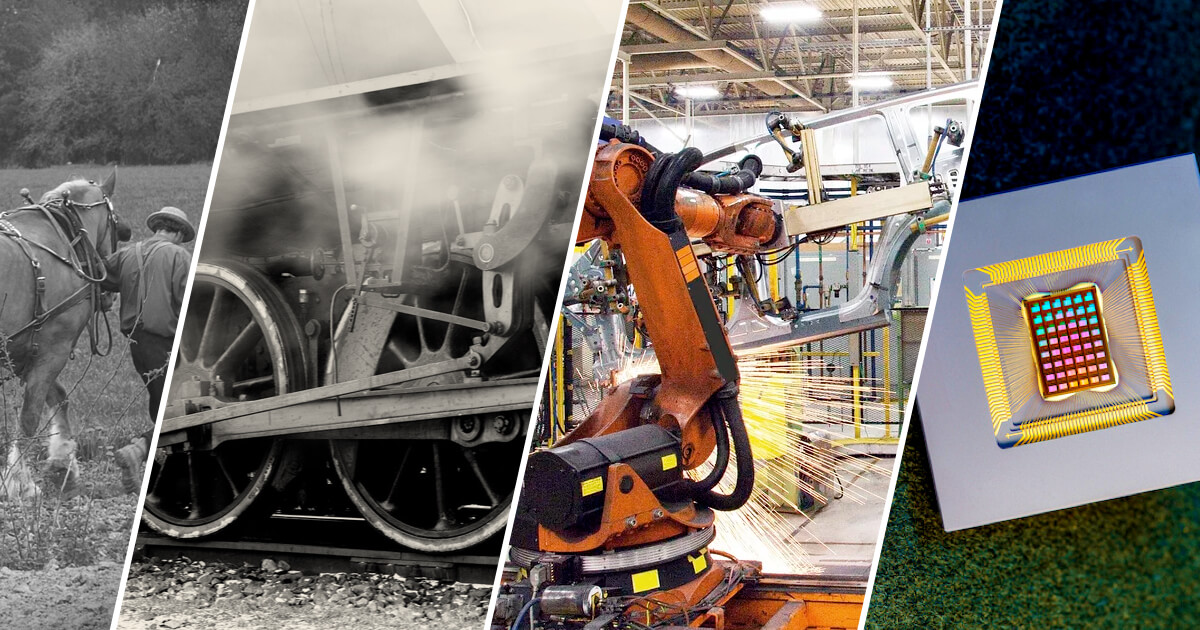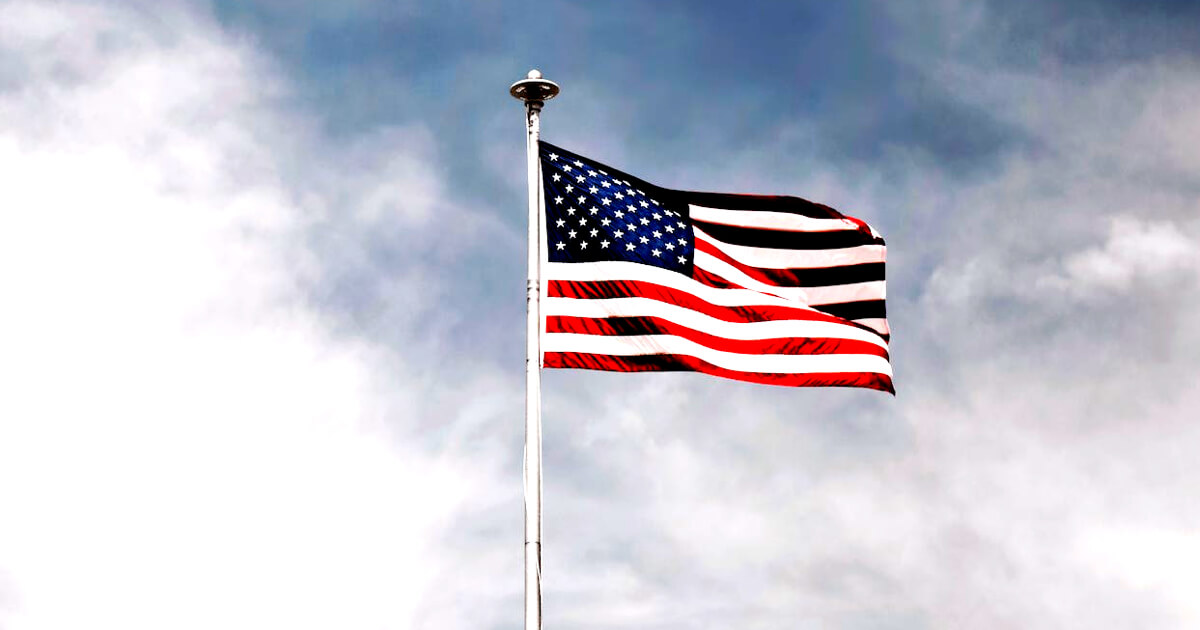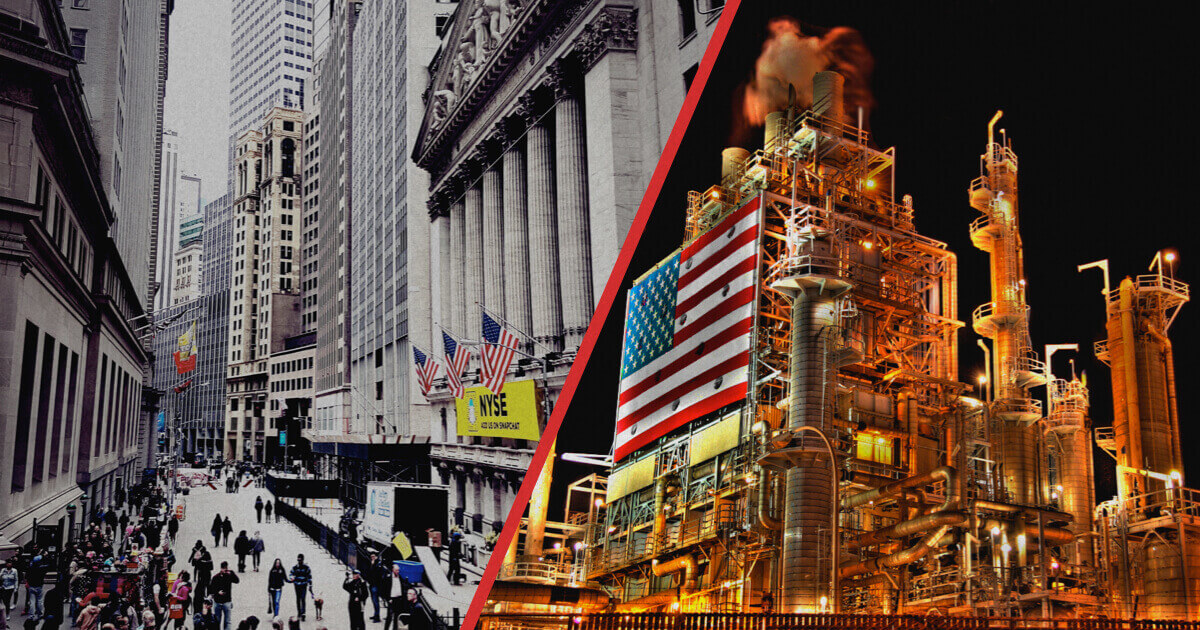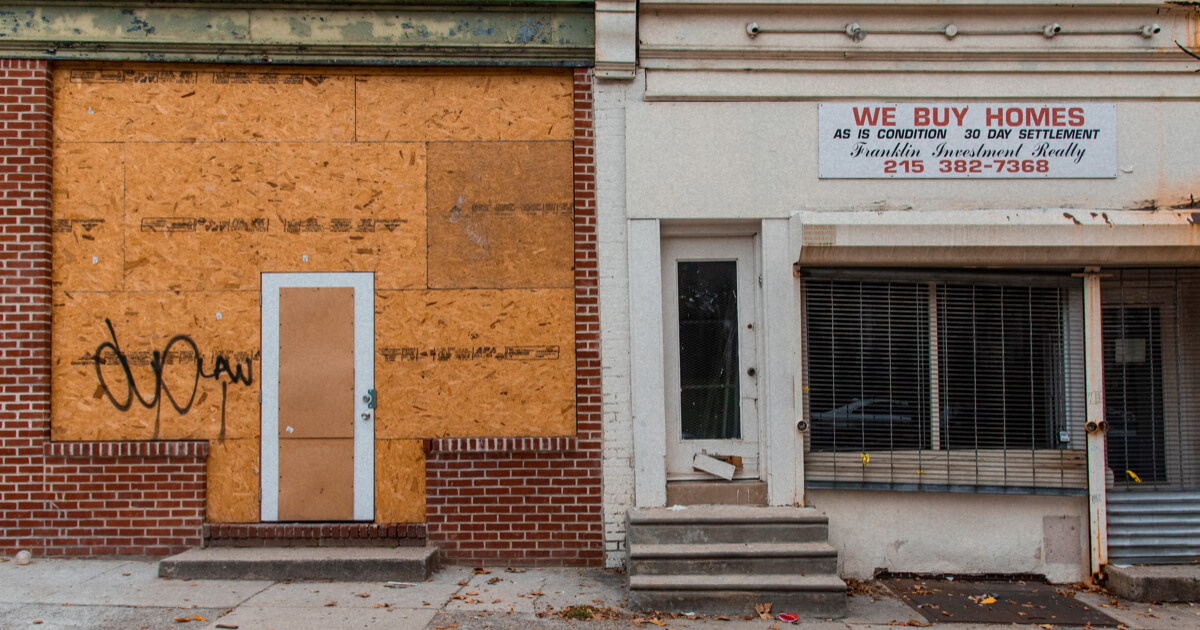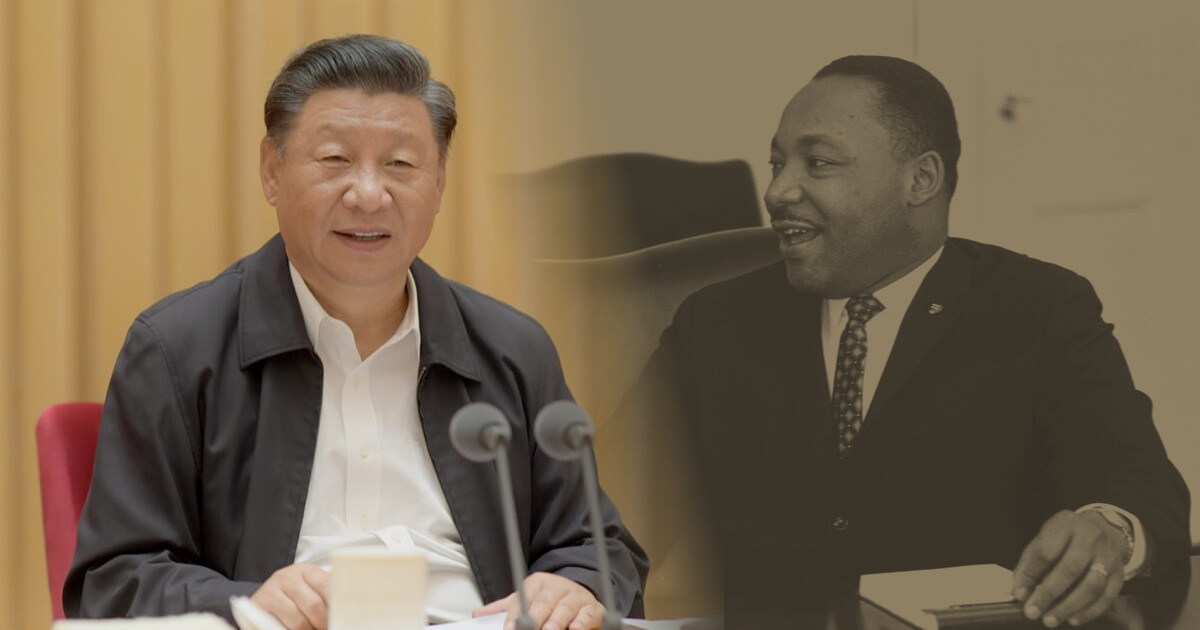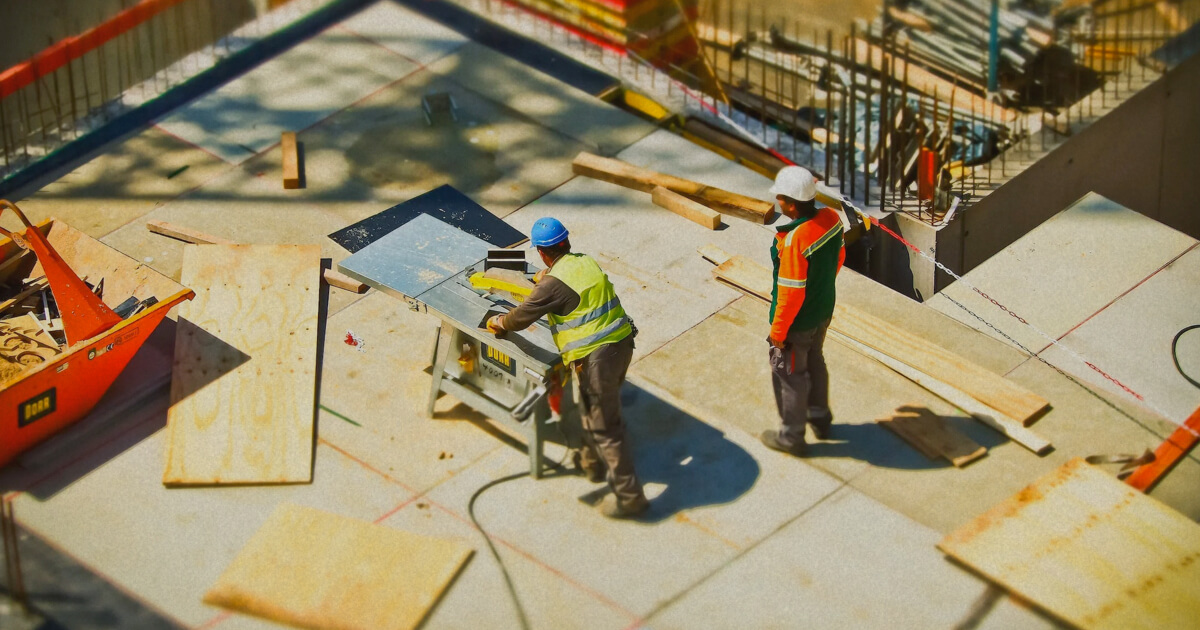In a lecture delivered at the Sverdlov University on July 11, 1919, Vladimir Ilyich Ulyanov remarked, “The state is a machine for maintaining the rule of one class over another.” In other words, the bourgeois state is a political product and institutional precipitate of the social dominance of capitalists. What does this dominance consists of? It comprises the successful management of the irreconcilable class antagonisms of a given social formation. Now, insofar that the state is a site historically occupied by the ruling class, it is an instrument deployed exclusively by it to maintain power, one which is constantly re-configured so as to be effective against the efforts of the subalterns 1 to impose controls on its operations.
The fact that the state is a transformed form of social power – alienated from class society and so beyond its control – derives from the class domination of the bourgeoisie, which encompasses the whole set of economic, political and ideological forms of domination. Since the state arose in conjunction with the division of human societies into classes, it draws its sustenance from the hegemonic requirements of the dominant class, serving as the regulatory node where its economic rule is translated into political power; it is where it becomes centralized and condensed, reinforced with the power and authority of various state apparatuses.
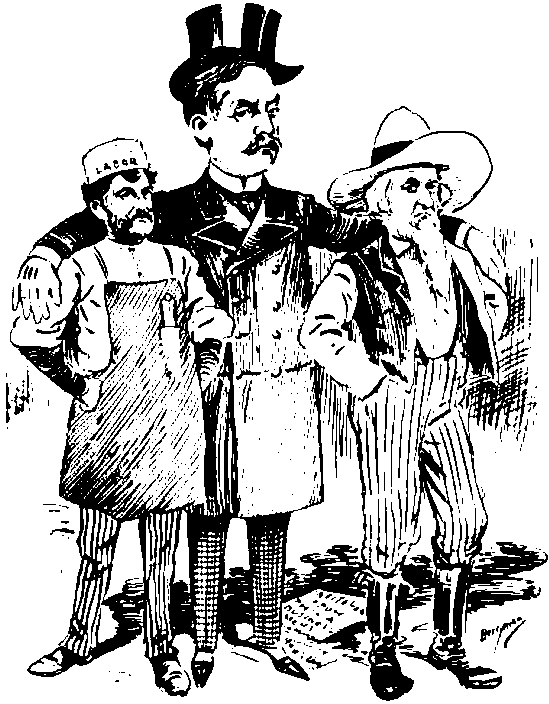
Matthew Stanley Quay, 1896
As the state is the primary agency through which the ruling class gives appropriate socio-political forms to its economic clout, the basis for state apparatuses is defined by the constitutive violence of the wage labour-capital relation; i.e., the bourgeoisie’s claim to the juridical right to appropriate the surplus-value produced by the proletariat. The class character of the state, therefore, is linked to its status as a machine which recognizes only the force and violence of the bourgeoisie, which transforms the basic fact of economic exploitation into elaborate and dense networks of consent and coercion. G. M. Goshgarian’s introduction to Louis Althusser’s “Philosophy of the Encounter Later Writings, 1978-87” notes:
Because the state results from the transformation of an excess of class force, the differential between the class struggle of the dominant class and all the others (friend or foe), it is by definition the preserve of the victors in the struggle. And it is such whatever the ‘political form’ through which the dominant exercise state domination: the dominion of the landed nobility persists under absolutism, that of the capitalist class is not necessarily diminished – the contrary generally holds – with the advent of parliamentary democracy.
In short, the conflictual differential between the force of the dominant classes and that of the dominated classes – the dynamics of class struggle – gives structure to the state. However, as the state is based on this differential, class struggle is inscribed in a new framework within which only one force – the force of the bourgeoisie – is recognized, which is then transformed into hegemonic power. That is why Lenin said:
Every state in which private ownership of the land and means of production exists, in which capital dominates, however democratic it may be, is a capitalist state, a machine used by the capitalists to keep the working class and the poor peasants in subjection.
While the capitalist state is an instrument of the ruling class – functioning as an articulated whole and existing by virtue of specific hegemonic objectives – it is not structurally static. If we try to understand the state historically – as an instance of the combination of the singular elements that give rise to it, as ensemble of social relations in which real people move and act, as an ensemble of objective conditions – it becomes clear that the state is always-already embedded in a hegemonic matrix. Even though state apparatuses are in the service of the dominant class, the complex, uneven and contradictory logic of class struggle results in the continuous accrual of internal contradictions between different branches, the accentuation of the ideological role of a given apparatus, or the consolidation of violence.
However, the regular rhythms of class struggle never impact the fundamental structures of the state. While the proletariat can expand its influence in civil society and even gain parliamentary power, an elementary fact remains: since the derivative base of the state is class society and the violence upon which it rests, and its purpose is to transform the surplus of violence into legitimate force, what an electoral victory damages – through the creation of an alternative architecture of consent – is the transmission system of the state-machine. To comprehensively destroy the bourgeois state – and gain full-fledged hegemony – the proletariat has to not only open ruptures but confront the very materiality of the repressive apparatuses of the state. This process involves the construction of hegemonic apparatuses – the series of institutions, practices, and initiatives by means of which subalterns create popular organizations opposed to the logic of the bourgeois state.
Re-published with permission from Midwestern Marx.
Footnotes
- Via Wikipedia: “…the term subaltern designates and identifies the colonial populations who are socially, politically, and geographically excluded from the hierarchy of power of an imperial colony and from the metropolitan homeland of an empire. Antonio Gramsci coined the term subaltern to identify the cultural hegemony that excludes and displaces specific people and social groups from the socio-economic institutions of society, in order to deny their agency and voices in colonial politics.”

